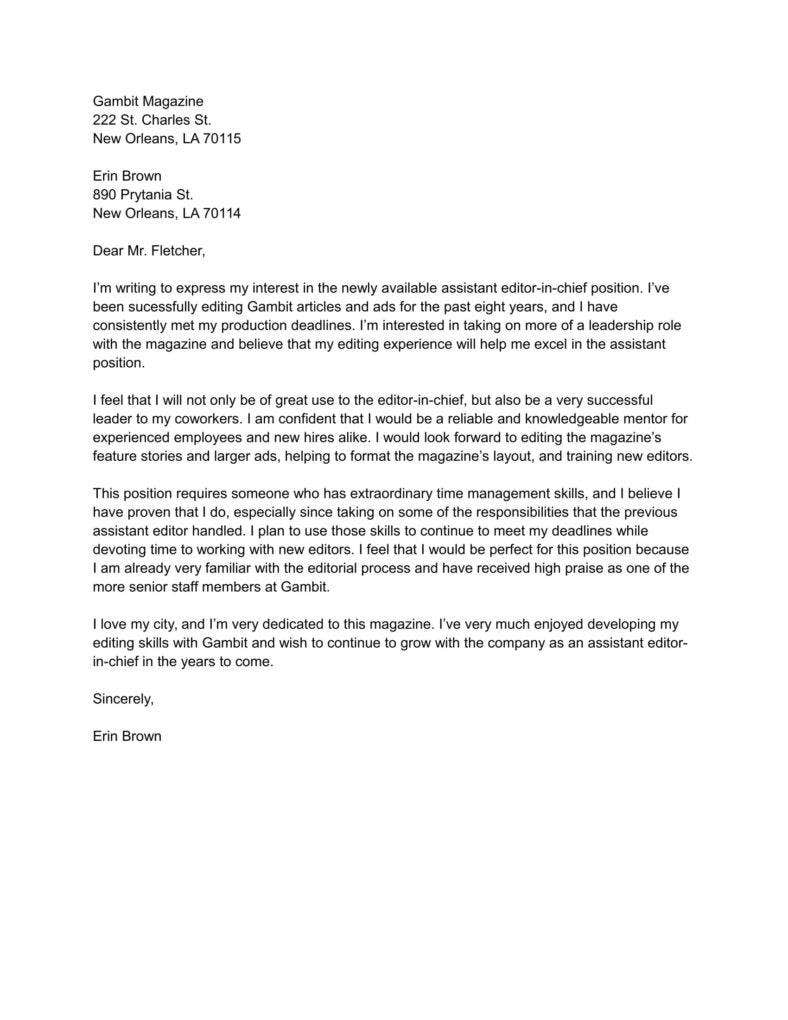
Career paths are designed for employees to move from education into the workforce. These career paths combine action-oriented and task-focused approaches. They are also more effective at retaining and engaging employees. If created well, career pathways can help companies meet growth projections and staffing requirements. Some studies have shown that career paths can boost employee engagement up to 50%.
The combination of task-oriented and action-oriented career paths is what makes them unique
While there are many different career paths, there are certain common themes. Action-oriented and task-focused thinking are two of the common themes. In order to succeed in life, one needs to balance the two approaches. People who think only about the task are more likely to feel overwhelmed by work responsibilities. Those who think more about the bigger picture will balance small tasks and the big picture.

They are either linear or nonlinear
There are two types of career paths: non-linear and linear. They can lead you to different outcomes. A linear career path typically involves several steps, starting with an undergraduate degree and moving on to medical school, residency, and finally a job as doctor. Some career paths are more flexible and autonomous than others.
It's helpful to consider the various experiences you have had in order to determine which career path is best for you. People with a diverse background may find common threads in their experiences, including the skills they've acquired and the contributions they've made to different organizations. You should identify transferable skills as skills can often be developed over time in a given environment. You might find it easier to use skills that are required for one job in another position.
They can address company's growth projections and staffing needs
Leaders need to consider the future technology and growth projections of their organization when designing career paths. These factors can affect the way employees are recruited and staffed. For example, new technologies can necessitate different skills. To ensure that employees are well-prepared for these new roles, career paths should take into account the future skills a company needs. In the coming decade, many job positions will disappear. Therefore, it is important that organizations focus on developing soft skills in order to be relevant and remain successful.
They can increase employee retention and engagement
Employee engagement is vital to the success of your business. According to studies, companies with engaged employees are more productive and profitable. They also experience lower employee turnover and absenteeism. Deloitte found that employee engagement was a key factor in increasing retention rates by 87 percent. By creating a culture that values employee satisfaction, you can make employee engagement a priority.

Employers can improve their employee engagement by providing career pathways for their employees. Engagement is a key factor in employee retention and success. It can also help save companies time and money on training and recruitment costs. Additionally, employees who feel connected and more engaged in the organization's mission can benefit from career development.